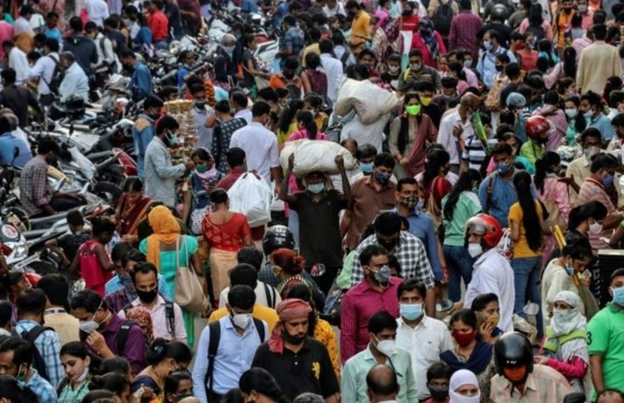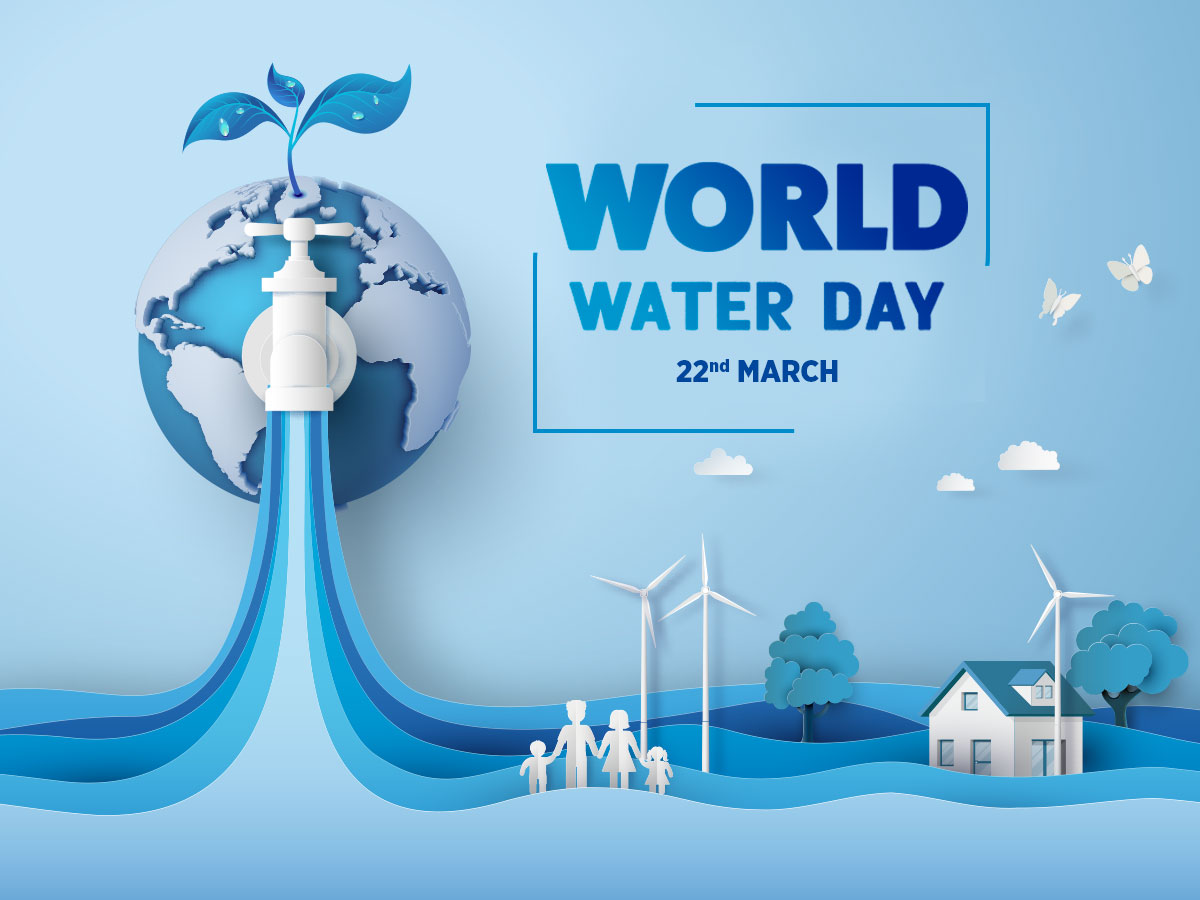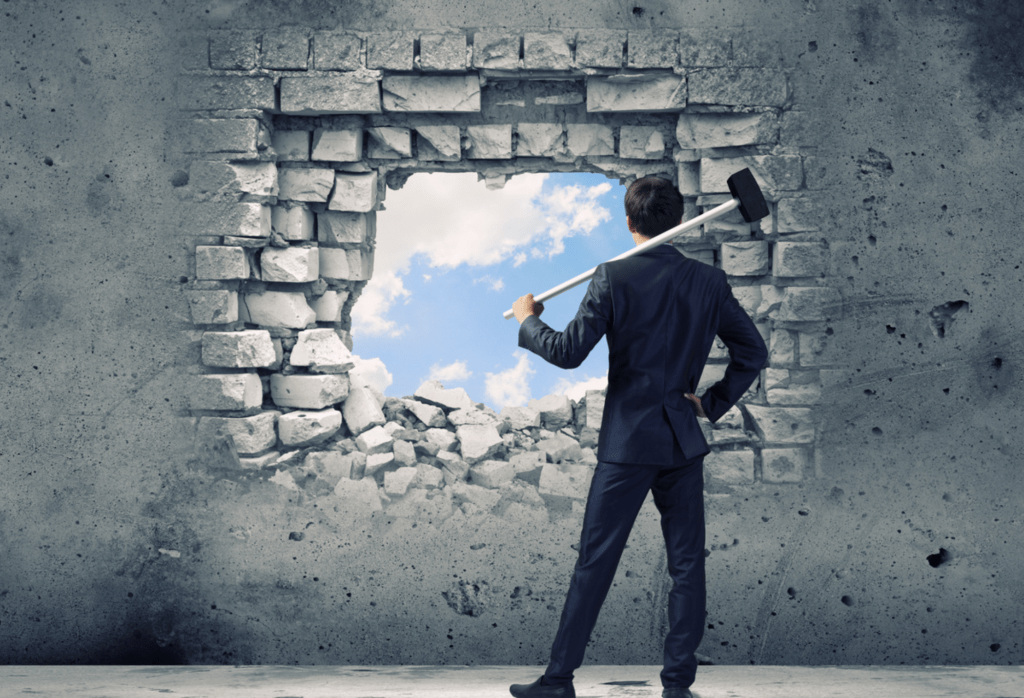
COVID 19 – Ignorance or Disregard
March, 20th 2020, a great nation locked down. Shops, establishments, offices, marketplaces – all went into the lockdown mode. This wasn’t a strange thing for a nation that goes periodically into bandhs and nationwide strikes, at the behest of political parties. But when the locks stayed on overnight and eventually over weeks, everyone knew that this time, it was serious. As usual, politicians, ruling and opposing, appeared over the television, albeit with scarves and masks hiding half their faces. The message was sombre’. The nation, along with the rest of the world, were in the grips of a new and deadly disease.
COVID19 emanated in Wuhan, China. If anyone reckoned that it may take years to reach their shores, they were wrong – horribly wrong! The entire world was in its grips within months. This was no flu, but a killer disease, which killed with no mercy. The first few weeks held the world in its grips, with its ruthlessness. Mankind held it’s breathe, expecting the worst. Barring the mask and the sanitizer, there was no way out – or so it seemed. Among those who fell prey, some recovered, a great many died.
Yet a few weeks later, the first steps to prevention were put into daily practice. Other than wearing of masks and using hand sanitizers, which were already in practice, the new guidelines included social distancing, reduction of numbers in shops and establishments, maintaining 5 feet distance between people at all times and reduction in the number of people in public transport. Cross border travelers required a quarantine period before being allowed to come out into the public – this applied for both domestic cross borders and international travel. Life restarted. Shops were required to keep records of visitors along with their contact details and timings were cut drastically short. Public gatherings, festivities, parties, even weddings were either cancelled or postponed, to avoid close contact situations, of a great many people. Public and communal eating and feasts were called off. There were severe restrictions on travel, with people being advised to avoid travel, even locally, other than for urgent requirements or emergency situations.
The progress, though initially unnoticeable, started to show palpable improvement to the grim situation. The numbers plummeted and the situation in the hospitals eased. The world heaved a sigh of relief -maybe a trifle too early.
The effect was one of a child in a candy shop. People massed out of the safety of their homes. Barring the mask, which was worn in haphazard manner, the crowds reappeared. Supermarkets and movie halls started doing brisk business. And then the ultimate happened. People, even leaders who ought to set examples, started disregarding the safety protocols. The number limitations in closed spaces disappeared first, followed by social distancing and eventually the sanitizers. Buses and trains started getting crowded and public places buzzed back to life. And with vaccines now in place, all caution was thrown to the wind.
The inevitable did not take long in happening. The second wave which hit the western world, with mutated versions of the virus, hit Indian shores within weeks, nearly a year after the first lockdown. The ferocity of the second wave is probably higher than before. What had hit an elderly generation mostly in its first wave, now hit all with the same deadliness. This meant that now, no one was safe, even the young and healthy.
Were we too early with our celebrations of relief? Have we, as a species overshot our threshold of intelligence and prudence? COVID19 has stolen the frontlines and promises to hold fort for some time. What are we to do now?
Vaccines are obviously the first answers. However, immunizing a populace of over 1.2 billion, with two doses of hastily developed vaccines, is not something that can be done overnight. This means that the restrictions that were imposed a year ago, need to come back on – urgently.
A few things have come clear with the second wave.
- A new mutated version of the Corona Virus, the virus causing COVID19, is part of the new equation.
- Younger people are being infected, not just due to biological reasons but by sociological factors too.
- Transmission rates have increased, largely due to lack of caution among people – many wrongly believe that they have seen the worst and outlived it.
- There is wide spread belief that the RT-PCR tests are less effective with the new strains.
- Acute shortage of vaccines, affecting even those awaiting their follow up doses.
- The only positive is that the fatality rates have actually fallen from 3% to 1.3%.
- General apathy among general populace, who see the disease as less fatal now, many not even noticing the symptoms, thus creating a wrong notion of security or safety.
These factors have aided to widespread infection. Add to that the nonchalant attitude assumed by people, even people in places of responsibility. Political leaders were seen making their rounds with hardly a care during the current elections. Even the law keepers and health workers have eased off the caution they took a few months ago.
It is time we seriously put the care and caution back into our lives, or pay a hefty price for it. It needs to be noticed that even those inoculated can still contract the disease, albeit without fatality. This means that despite the immunization it in no way absolves them from being a vector in the communication of the disease. The earlier caution needs to be put back in place urgently and strictly followed. The pricefor not doing so can be huge.
Let us without fail practice
- Wearing masks in every gathering
- Using hand sanitizers as much as possible and in every contact point
- Practice social distancing of a minimum of 6 feet in all directions, in all places of gathering.
- Avoid touching of and frequently sanitizing commonly used surfaces.
- Putting eating out and social gatherings and religious festivities, off for a safer time
- Getting you and family inoculated at the earliest.
- Being aware that immunized people, can be carriers of the disease and needs to wear mask and gloves without fail, just as others do.
- Behaving responsibly with regards the preventive measures of the disease in practice.
- Keeping yourself abreast of the current situation, locally and worldwide and keeping yourself and family safe.
- Remembering that, keeping yourself away from the spread of the disease is the best thing you can do for not only yourself but for the entire society. Because only if you are infected or have been exposed to the virus, can you actually spread it.




